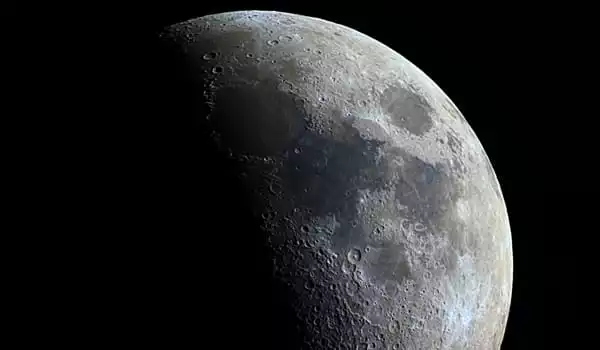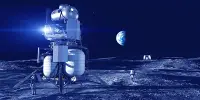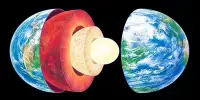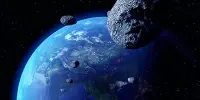Astronomers and stargazers have always been fascinated by the moon. The spacecraft orbiting the planet has more unknowns than known ones. The Moon is tiny and fixed, but many magnetic fingerprints are scattered throughout its dusty surface. In order to explain the distribution of extremely magnetic material that was discovered in some regions of the lunar surface’s crust, scientists have developed a number of ideas over time that has gotten ever more complicated.
A new study has provided a deeper understanding of the nature of the Moon’s unusually strong magnetic field, which deviates from other lunar characteristics. It was published in Nature under the direction of geoscientist Zhuang Guo of the Institute of Geochemistry of the Chinese Academy of Sciences.
When scientists studied lunar dust that China’s Chang’E 5 spacecraft returned to Earth in December 2020, they found magnetite particles, a mineral infrequently found in other samples of lunar dirt. Magnetite, a highly magnetic iron mineral, was found to be present in sub-microscopic spherical iron-sulfide grains that resemble molten drops. Further thermodynamic modeling demonstrated that the magnetite in these granules is a result of large impacts on the lunar surface.
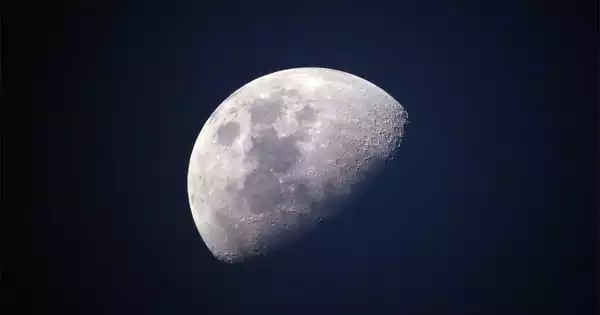
The report states that “since the Apollo period, lunar magnetic anomalies have remained a mystery.” The statement continues, “Accordingly, a thorough understanding of the Moon’s magnetite’s creation mechanism and distribution features could offer a fresh perspective to explain the origin of magnetic anomalies in the lunar crust.”
Magnetite is crucial to planetary scientists because it can be used to monitor the development of magnetic fields and search for potential evidence of life, two of the most important areas of research for any planet or moon, according to Science Alert. In light of their findings, the researchers postulate that magnetite may also be widely distributed in the finest lunar soil.
According to the research, the mineral is more common on the lunar surface, which modifies our understanding of how the Moon has altered over time. The group believes that these minerals, in addition to the Moon’s existing magnetism, can help explain how massive object collisions have created a lunar magnetic field.
“These formation conditions result in a matching relationship between the magnetic anomaly distribution in the lunar crust and the distal ejecta of large impacts,” the researchers added.
